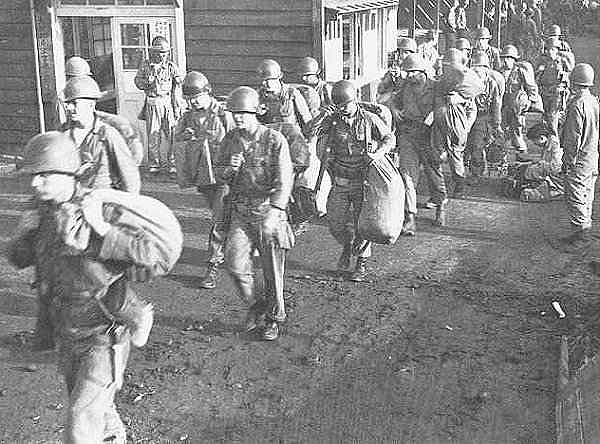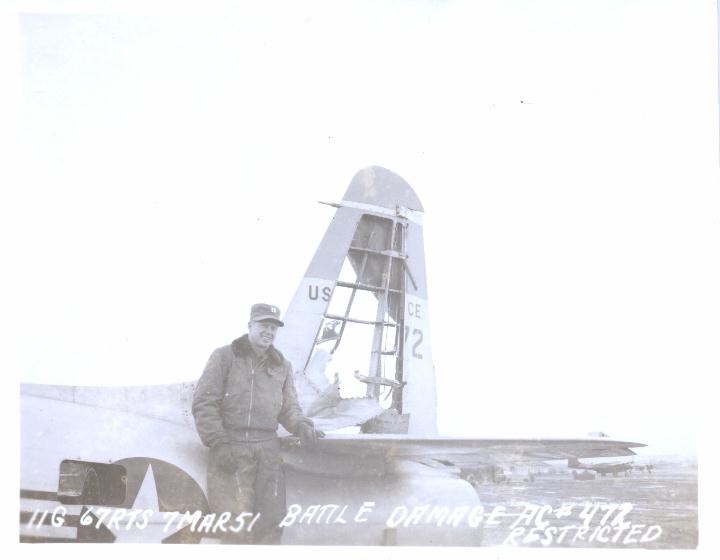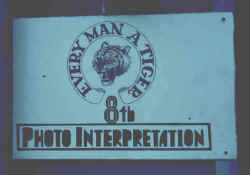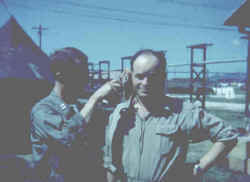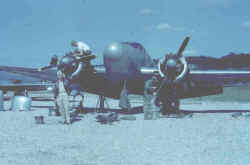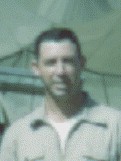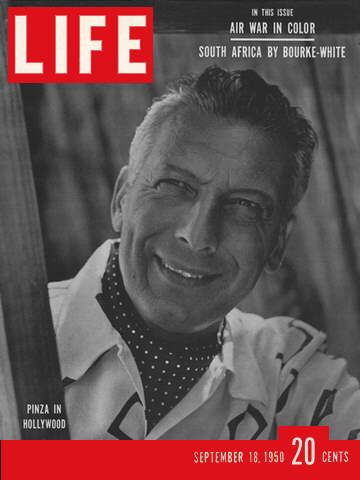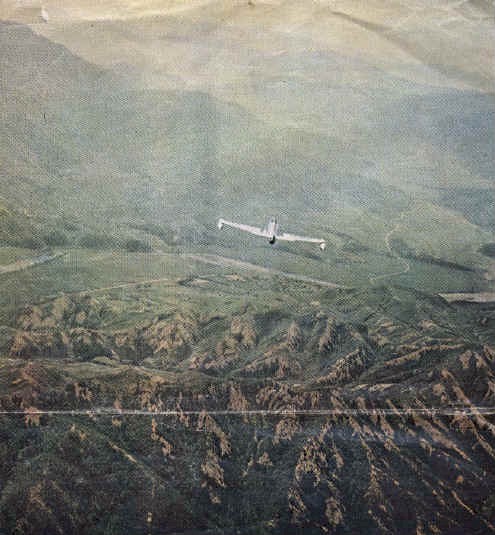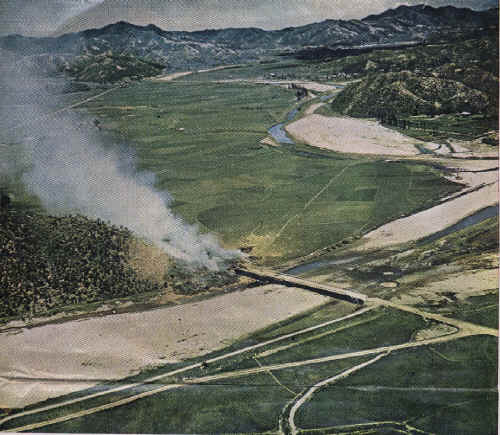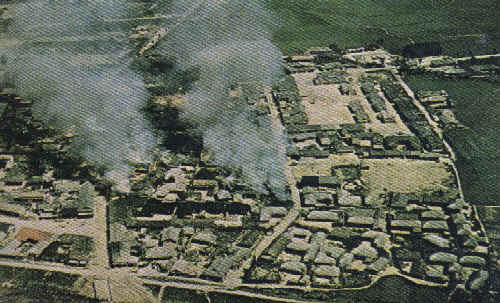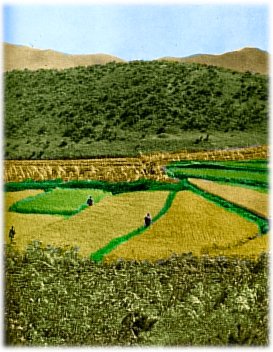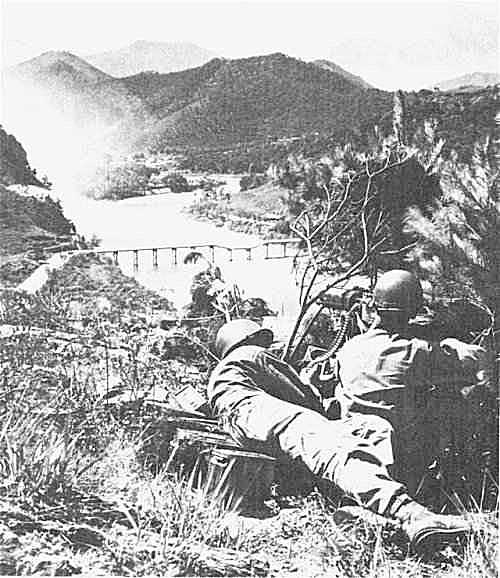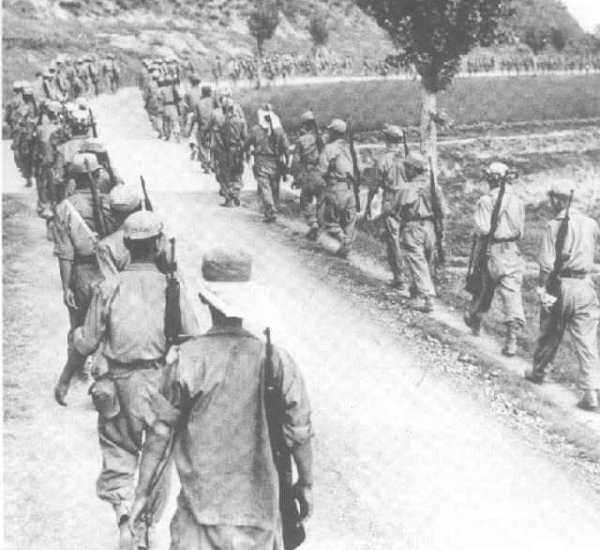Squadron Calendar
25 JUNE 1950 -
15 SEPTEMBER 1950
JUNE 1950
25 June - The North Koreans
attack across the 38th parallel into the Republic of Korea (ROK).
At the beginning of the war, the 8th Tactical Reconnaissance Squadron
(Photo Jet) is based at Yokota, Japan. Far East Air Forces (FEAF)
is in possession of 25 RF-80A "Shooting Stars"--all assigned
to the 8th TRS.
27 June - A flight of four
RF-80As of the 8th Tactical Reconnaissance Squadron (TRS) fly from
their home base at Yokota to Itazuke, Japan. This is done in preparation
for a "maximum show of force" by FEAF in support of ROK
ground forces scheduled to occur on 28 June 1950.
28 June - First Lieutenant
Bryce Poe II, of the 8th TRS flies an early morning weather run over
the Korean Peninsula from Itazuke, Japan on the first jet combat reconnaissance
mission in history. His positive weather report allows FEAF to successfully
launch the day's bomber and fighter-bomber missions.
JULY 1950
1 July - General Stratemeyer
believes that air reconnaissance requirements in the Korean Theater
cannot be met by a single photo jet squadron and therefore submits
a request to Washington, D.C. for an RF-51 squadron and RB-26 night
photographic squadron to be sent to Korea.
7 July - In a conference
at FEAF Headquarters in Tokyo, Japan, General ____ promises to provide
sufficient numbers of RF-80s to the 8th TRS to keep it at its war
time strength. FEAF withdraws its request for an RF-51 squadron.
9 July - The 8th TRS moves
from Yokota to Itazuke Airfield in Japan to be closer to the Korean
Theater of Operations.
XX July - The 162d Tactical
Reconnaissance Squadron (Night Photograph RB-26) based at _____ and
the 363rd Reconnaissance Technical Squadron based at ____ are ordered
to Japan.
AUGUST 1950
Late August - The 162d
Tactical Reconnaissance Squadron (Night Photograph RB-26) and the
363rd Reconnaissance Technical Squadron reach Itazuke Airfield, Japan.
SEPTEMBER 1950
3 September - 5th U.S.
Air Force activates the 45th Tactical Reconnaissance Squadron at Itazuke
Airfield, Japan. However, the squadron will not receive its RF-51
aircraft until November 1950.
11 September - While participating
in an aerial reconnaissance mission over Korea in an RF-80A "Shooting
Star", Captain Marshal "Rojo" M. Williams of the 8th
TRS is shot down by antiaircraft fire and listed as Missing in Action.
"Rojo" Williams, so nicknamed for his red hair, is the first
casualty of the squadron in the Korean War.
16 September - While participating
in an aerial reconnaissance mission over Korea in an RF-80A "Shooting
Star", First Lieutenant Donald J. Drama of the 8th TRS is shot
down by antiaircraft fire and listed as Missing in Action.
26 September - The 5th
U.S. Air Force activates the 543rd Tactical Support Group at Itazuke
Airfield, Japan, as a headquarters for 8th, 45th, and 162nd Reconnaissance
Squadrons. The 543rd Group Commander is ________.
